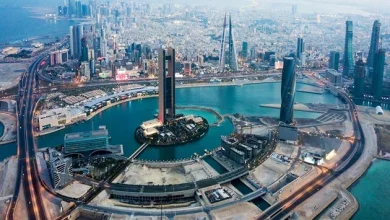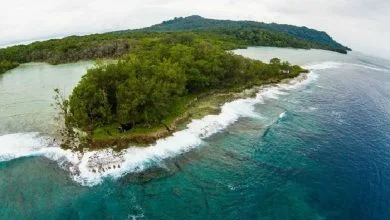The list of the most dangerous islands in the world
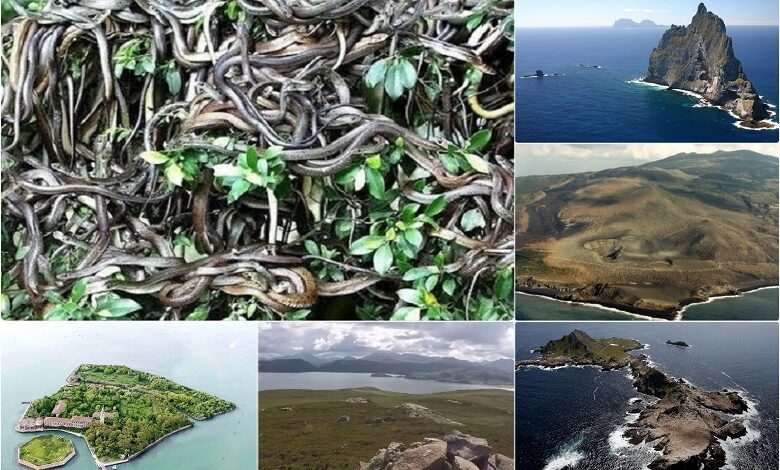
The oceans are full of islands where it is better not to set foot. Queimada Grande, ball’s Pyramid, Gruinard, Bikini Atoll these islands list among the world’s most dangerous places.
Only a few passionate scientists and researchers venture there. But how did they managed to venture there? At their own risk!
List of dangerous islands
1. Queimada Grande, the island of snakes

It’s nameed Jararaca-ilhoa. Eleven thousand years ago, this snake (from the Bothrops family) was isolated on the island of Queimada Grande, off Rio de Janeiro’s coast.
Already quite toxic (the bite of its congeners living in Central America, South America, or the Caribbean is fatal in 7% of cases), the venom of Jararaca-Ilhoa has become even more formidable. He reigns supreme on the island. It no longer has any predators, and in some places, we can find up to one per square meter.
As a result, the Brazilian government has banned all access to the island. Only a few scientists have a white leg to set foot there. An old lighthouse testifies to a human presence, but this viper only inhabits it. Their isolation can explain the phenomena of speciation and invasion on islands like Queimada Grande. They are difficult to reach for animal species; the flora is often deficient and unbalanced.
Endemic species, therefore, swarm on the islands from which man carefully keeps away. But a very high rate of endemism is also a trap for these species. Existing only here, they also have an increased risk rate of extinction. And the hand of man, even indirect, could cause their downfall.
On Queimada Grande, the destruction of vegetation by the Brazilian navy damaged the habitat of Jararaca-Ilhoa. Its population has fallen by 50% in the past 15 years. He now threatened with disappearance.
2. Ball’s Pyramid
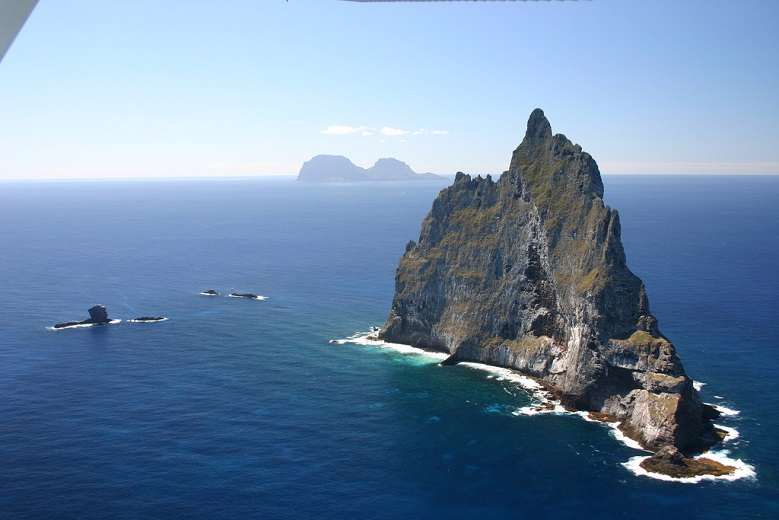
When we talk about an impregnable island colonized by an animal species conducive to nightmares, it’s hard not to mention Ball’s Pyramid.
We take you here to the Tasman Sea, off the coast of Australia. Seven hundred kilometers from the beach, a majestic rocky peak rises in the waves. No vegetation. Ball’s Pyramid is what remains of a seven million-year-old volcanic chimney.
It populates by a giant insect 15 cm long: the tree lobster. A (harmless) species that believe to be extinct since 1930, following its eradication by rats on neighboring Lord Howe Island. Scientists rediscovered it on one of the island’s rare shrubs in 2001.
Many virgin islands are part of nature reserves and parks, such as Ball’s Pyramid, part of the Lord Howe Permanent Park Reserve to control the introduction of any invasive alien species that could destroy its insects.
“Australia has categorized the islands into three types: those where everyone can go, those where a specific permit is required, and those only reserved for scientists,” explains Anne-Laure Jacquemart. Hawaii – unprotected – has seen the opposite effect.
For 70 million years, the arrival rate of new species was prolonged (one every 35,000 years) due to the island’s geographic remoteness. Today, of the 2,690 species of plants found there, invasive alien species (brought in by humans) are more numerous than endemic species (which can only find on this island). Result: 800 endemic species are in danger of extinction.
3. Miyake-Jima Island
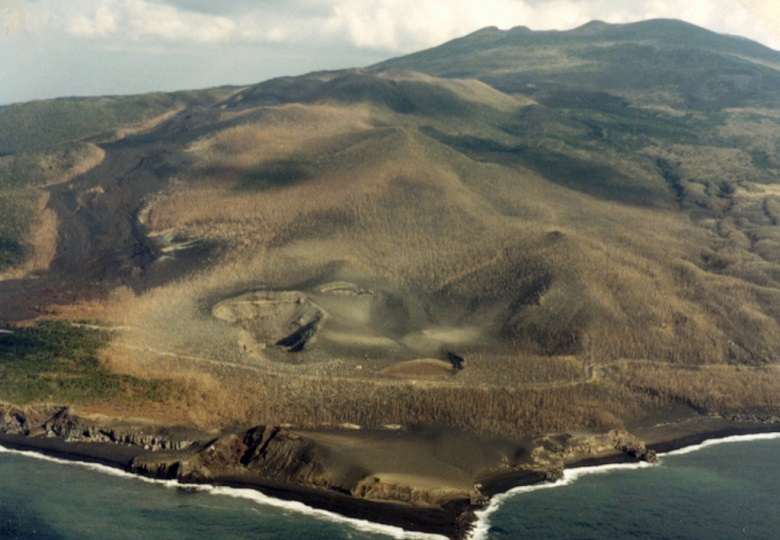
It is not only the flora and fauna that can make an island hostile. Take the volcanic island of Miyake-Jima, 180 km offshore from Tokyo. Its volcano, Mount Oyama, is of the hyperactive type. The eruptions follow one another.
But what poses a problem, on this island of the Izu archipelago, are the sulfur fumes. When it erupted, the volcano gave off thick smoke of sulfur dioxide, a particularly toxic gas.
In 2000, the volcano almost erupted under the violence of the tremors. The island is wholly evacuated; it was cut off from the world for five years. The inhabitants finally returned there, tourism resumed there, but a gas mask to support it.
4. Bikini Atoll
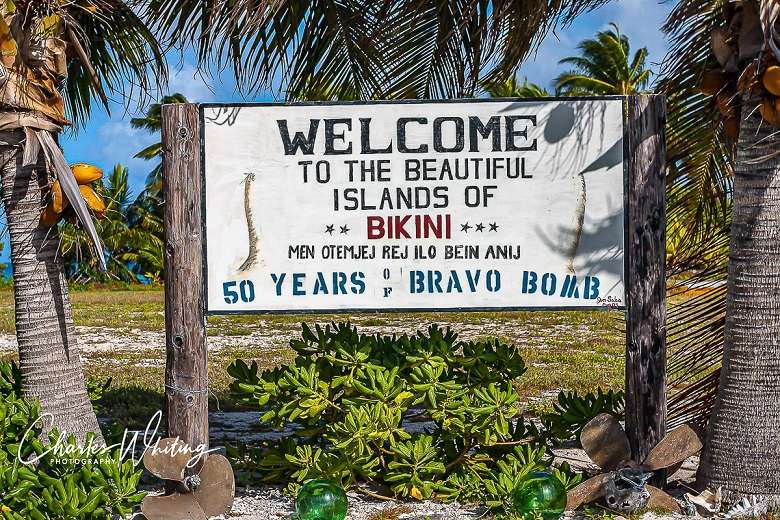
Besides the islands made dangerous by nature, other islands have been made infrequent due to human activity. It is mainly the case with Bikini Atoll, which is part of the Marshall Islands.
Located in the Pacific, it was the scene of numerous American nuclear tests between 1946 and 1958. At the begin of the Cold War, the military governor of the Marshall Islands asked the inhabitants to lend their atoll to American scientists. The population displaced on Rongerik Atoll.
The tests will follow one another, 67 exactly, including 23 explosions of A and H bombs, which will destroy three neighboring atolls in the process.
At the beginning of the 70s, an attempt to reintroduce the population make in vain. Water and local products remain contaminated. The atoll will inscribe on the list of humanity’s world heritage, under the title of “symbol of the entry into the nuclear age.”
5. Farallon Islands
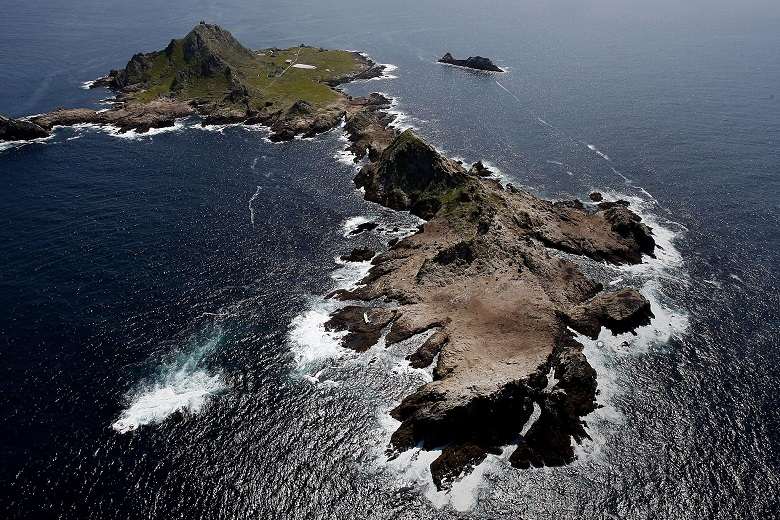
A few miles from the Californian coast in the same vein, we also find an archipelago where a man can no longer set foot.
44 km off San Francisco, the Farallon Islands serve as a nuclear cemetery. Between 1946 and 1970, the Farallon archipelago indeed served as an atomic landfill for the US Navy. Its estimate that 48,000 drums of low-level radioactive waste were dumped off the islands.
Beyond its potential harm to health, the archipelago, made up of rocks flush with the water’s surface, remains relatively inaccessible. It is where its name comes from, Farralones meaning, in Spanish, “rocks.” The archipelago was first mapped in 1603 by the Spanish explorer Sebastián Vizcaíno.
6. Gruinard Island

In terms of the islands devastated by the Second World War’s side effects, we also find the island of Gruinard, off the coast of Scotland. The British used it to test biological weapons, including anthrax bombs. For their tests, they imported live sheep to the island; not one survived the tests.
In 1986, the British government will spend 500,000 pounds sterling to decontaminate the island. Formalin will use for this. In some places, strips of land will be taken and stored in sealed containers. Again, sheep will be used to test the effects of “cleaning.”
Today, the island consider decontaminated, but no one dares to set foot there.
7. Poveglia Island

Speaking of hostile and uninhabited islands, it’s hard to miss Poveglia. Here, we leave the field of reason to enter the supernatural. No wild beasts, deadly insects, or toxic products. Just ghosts. We say. A sufficient argument, it seems, to keep tourists away.
Located in the Venetian Lagoon, Poveglia served as a dying place for 100,000 Venetians affected by the plague epidemic in the 16th century. At the beginning of the 19th century, a military hospital opened on the island, but it subsequently deserted due to paranormal phenomena and apparitions.
In 1922, a lunatic asylum was opened there, then closed for the same reasons. The psychiatrist behind the project would have committed suicide, himself touched by madness. Today, Poveglia has the reputation of being the most haunted island globally and is not accessible to tourists.

